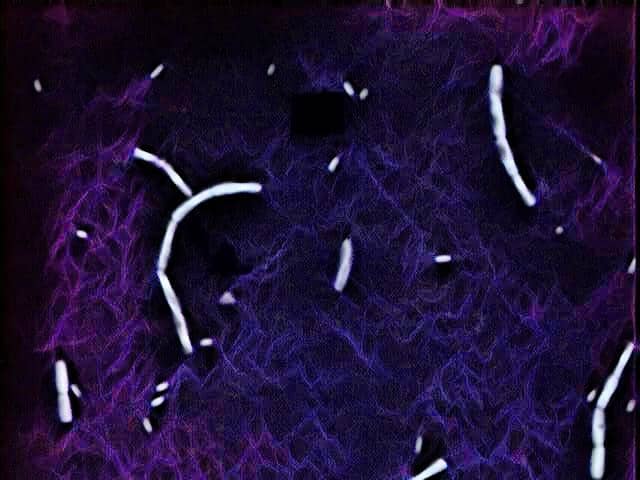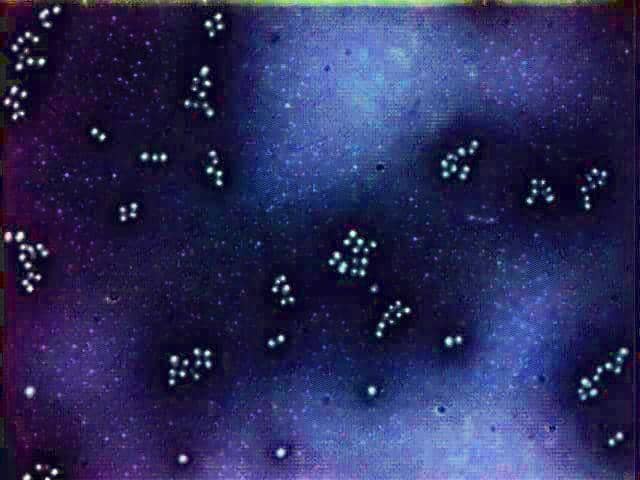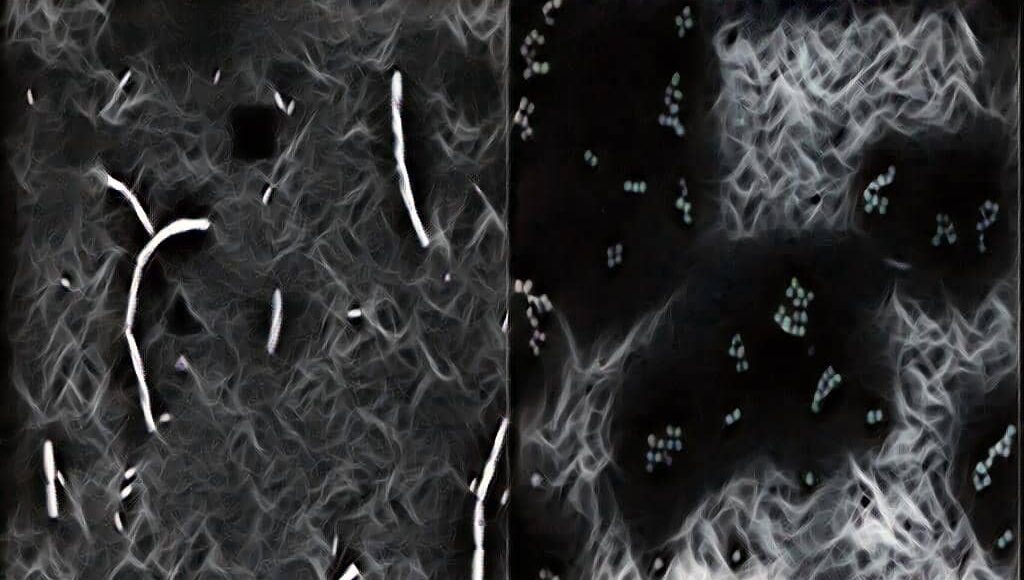Negative Staining Technique – Introduction, Principle, Procedure, Results & Applications
Hey, Good to see you here 😀 …… In this Article, We’re gonna discuss the Negative Staining Technique….. If you have any queries, don’t forget to mention in Comments….. Thanks
What is Negative Staining Technique?
Sometimes it is more convenient to determine the overall bacterial cell morphology without any use of harsh staining or heat fixing techniques that changes the shape of the bacterial cells.
The negative staining is preferred in cases when the bacterium does not stain well (e.g. some of the spirochetes) or when it is desirable to confirm observations made on the shape and size or Morphology of the bacteria observed either in a wet mount or hanging drop preparations etc.
Negative staining is also good for viewing capsules but preferably Capsule staining is done in that cases.
Briefly, in negative staining technique, the background is stained and the bacterial cell remains colorless. Moreover, Negative staining is the only staining technique in which bacterial cells are not stained but they are made visible against a dark background as colorless bodies.
What is the Principle Of Negative Staining Technique?
In Negative staining technique, an acidic stain such as Nigrosin, India ink, Eosin or Congo red is used in which the bacterial culture or the specimen is mixed well and then spread over the Microscopic glass slide to form a thin smear.
The above-mentioned stains do not penetrate and stains the bacterial cell due to repulsion between the negative charge of the stain and the negatively charged bacterial cell wall.
Instead, these stains either produce a deposit around the bacteria or produce a dark background so that the bacteria appear as the unstained cell with a clear area around them. Hence in Negative staining Background is stained instead of Bacterial cells.
Here is the list of Materials Required For The Negative Staining Method
- Microscopic glass slide
- Inoculating loop
- Spirit Lamp
- Staining Rack
- Wash bottle
- India Ink / Nigrosine
- Microscope (with 100X objective lens)
The Procedure Of Negative Staining Technique
[wp-svg-icons icon=”point-right” wrap=”i”] Take a clean, Dry, Scratch and Grease free Microscopic glass slide and place a drop of India ink or Nigrosin on it at one end near the edge.
[wp-svg-icons icon=”point-right” wrap=”i”] Take a small portion of the bacterial colony with the help of sterilized Inoculating loop.
[wp-svg-icons icon=”point-right” wrap=”i”] Mix well the culture with dye taken on the Glass slide.
[wp-svg-icons icon=”point-right” wrap=”i”] Now, take another Microscopic Glass slide, place it near to the specimen-dye mixture at an angle of about 30° – 45°.
[wp-svg-icons icon=”point-right” wrap=”i”] Move the slide toward the drop of the specimen-dye mixture until the contact is made with the drop at the specific angle. Then move the spreader slide smoothly and rapidly forward over the specimen slide, drawing the dye mixture behind it into a thin film.
Alternatively,
[wp-svg-icons icon=”point-right” wrap=”i”] Take a drop of nigrosine or India ink and place it in the middle of the Clean & Grease free Glass slide.
[wp-svg-icons icon=”point-right” wrap=”i”] Now, with the help of Sterilized inoculating loop transfer a small portion of the specimen to the slide containing a Drop of Dye.
[wp-svg-icons icon=”point-right” wrap=”i”] Mix well the Specimen with the Dye using the sterilized straight wire and spread evenly over an area of about 1 – 2 cm.
[wp-svg-icons icon=”point-right” wrap=”i”] Allow the smear to Air dry and then observe under the microscope at High power objective (45X) and oil immersion (100X) objectives.
Observations & Results On Negative Staining
In Negative staining Preparations, the Bacterial cells observed as the Clear transparent bodies or objects, may be of variable size and shape if you are using a mixture of bacteria, against a dark background.
Facts About Negative Staining
[wp-svg-icons icon=”point-right” wrap=”i”] In Negative staining method, we stain the background and not the bacterial cells so after drying there is no need of washing step and the slide is directly observed under oil immersion objectives (100 X).

[wp-svg-icons icon=”point-right” wrap=”i”] In Negative staining method, heat fixation step is avoided because heat fixation can alter morphological characters of the bacterial cell, melt the capsule or slime layer and distorts the actual morphology.

Applications of Nagative Staining
[wp-svg-icons icon=”point-right” wrap=”i”] This method is commonly used to study the morphological characters of cell that includes the size, shape, and arrangement of bacterial cells without distorting their actual characters.
[wp-svg-icons icon=”point-right” wrap=”i”] This method is quite easy and useful in observing the bacterial cells that are difficult to stain by other staining techniques. For e.g. – Spirillum, Spirochetes etc.
[wp-svg-icons icon=”point-right” wrap=”i”] This Staining method can also be used to observe the capsules of the bacteria.
That’s all about the Negative Staining Technique – Introduction, Principle, Procedure, Results & Applications
Frequently Asked Questions (FAQs)
Negative staining involves placing a drop of a negatively charged stain, such as India ink or nigrosin, next to the sample on a microscope slide. The sample is then mixed with the stain using a sterile loop or needle, which creates a contrast between the sample and the surrounding medium.
Negative staining is commonly used to visualize the morphology of bacterial cells, particularly those that are difficult to stain with traditional methods. It is also useful for detecting the presence of capsules, which can be seen as clear halos around the stained cells.
Negative staining works on the principle that the negatively charged stain does not penetrate the bacterial cell, but rather forms a dark background around the cells. The procedure involves mixing the sample with the negatively charged stain, and then viewing the cells under a microscope without heat fixation.
Negative staining is a staining technique in which the background is stained instead of the cells themselves. The cells appear as clear or light areas surrounded by a dark or colored background.
The two types of negative staining are indirect and direct negative staining. Indirect negative staining involves staining the background, while direct negative staining involves staining the cells themselves with a color that is visible against a dark background.
An example of negative staining is the use of India ink to visualize the morphology of bacterial cells or to detect the presence of capsules around the cells. Another example is the use of nigrosin to visualize the morphology of spores or other structures that are difficult to stain with traditional methods.







